Seeing the word in the title written down in English makes me wonder how many of you know what it means. I know the word in Hungarian, in Romanian as well, but have never used it in English. Now, knowing what the word means might not mean you know what it meant in my country centuries ago.
(I note it in parentheses, this may very well be still a thing in African countries as I've read blogs about it.)
So back to the story, a century ago or so, every girl had to have dowry, in order to get married. Nobles and the wealthy had no problem, but the poor had to suffer as they had to accept whoever made an offer. Love was out of the question, so parents chose for their children and most of the times the marriage was more a business transaction and alliance to consolidate and grow their wealth and social status.
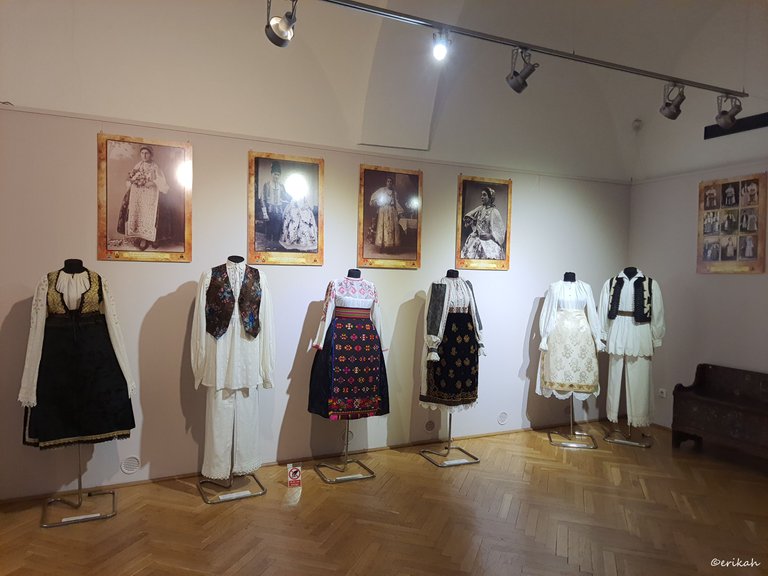
This exhibition was about the dowry of the Banatians, Banat being a geographical and historical region of Romania. There were different costumes exhibited, not only the young ladies' costumes, but men's too as it's the dowry of the people of the Banat region. Stepping into the room and having a look around already took you back to the past century.
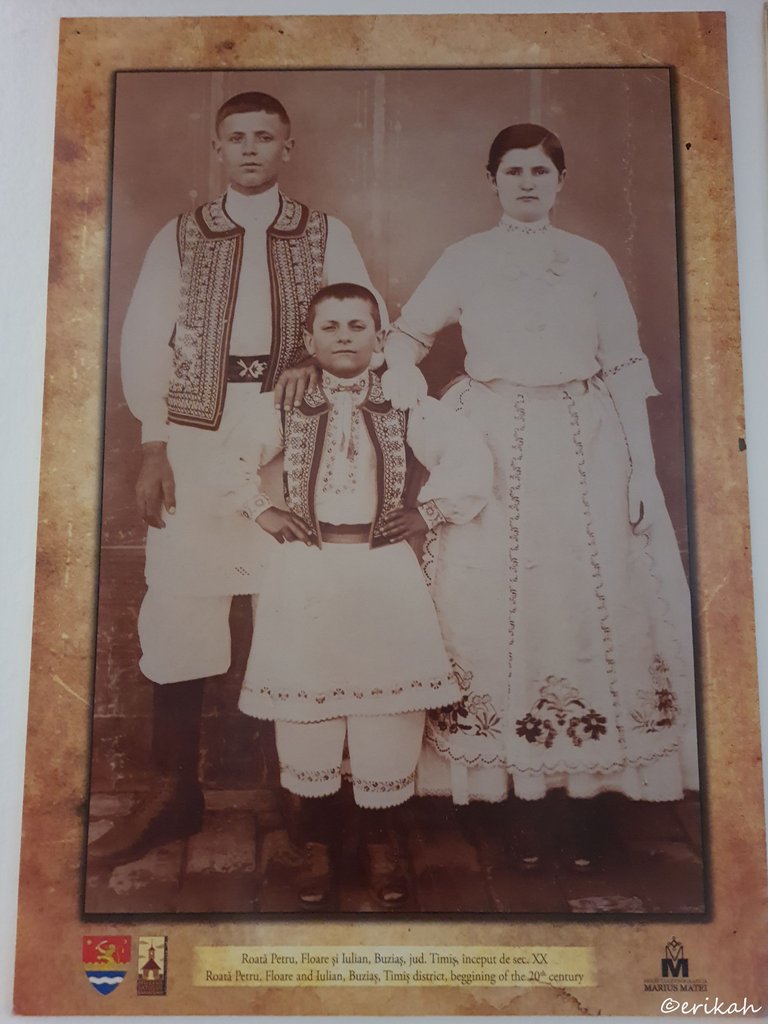
Family from the Timiș district, from the beginning of the 20th century. These were festive clothes, worn only at special occasions and on Sunday. Back then people had Sunday wear. For me they look more like brothers to be honest, the age gap is not big enough to be parents and son, but who knows. At the end of the day it doesn't matter as what's important here is the costumes.
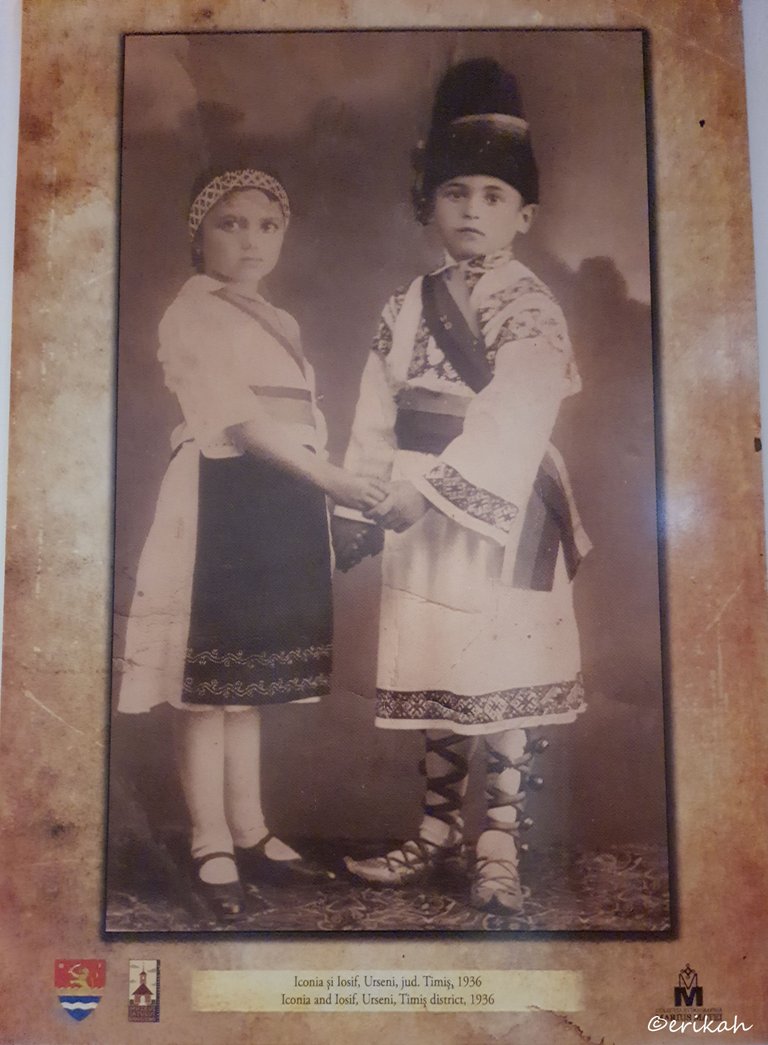
Two kids from the same region, photo taken in 1936. These costumes have a decorative role today, people only wear them for festivals and shows.
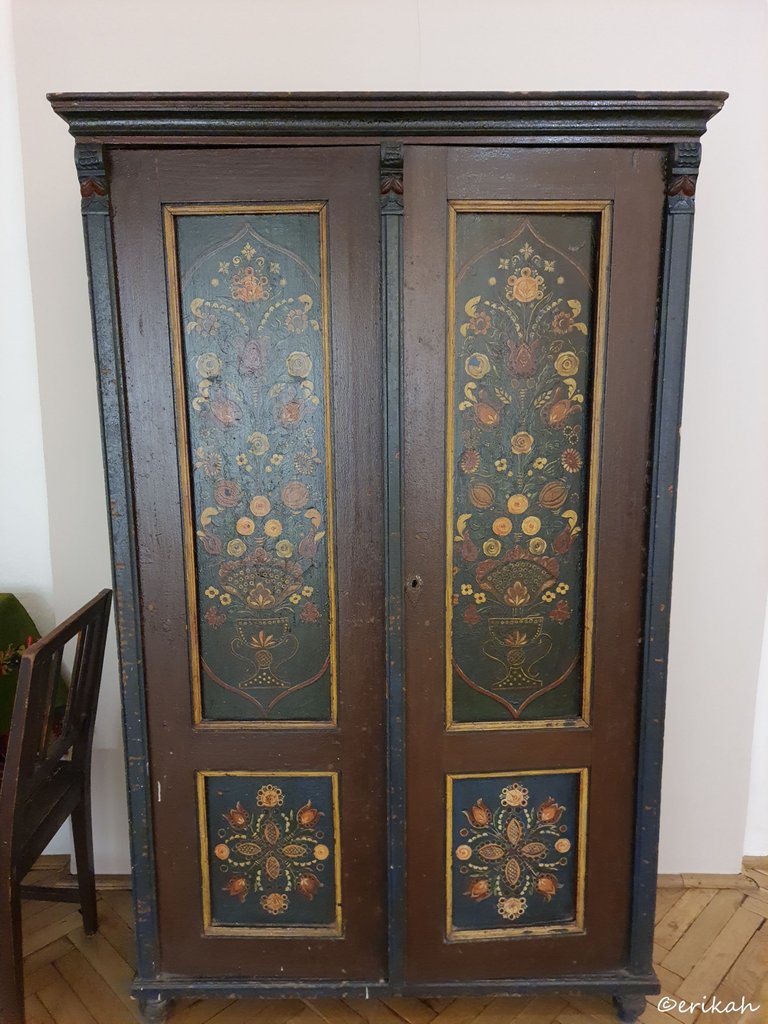
I have no knowledge about brides having the obligation to bring furniture in the marriage, but it could be. In any case, this wardrobe is from those times. It's a lovely hand painted wooden wardrobe.
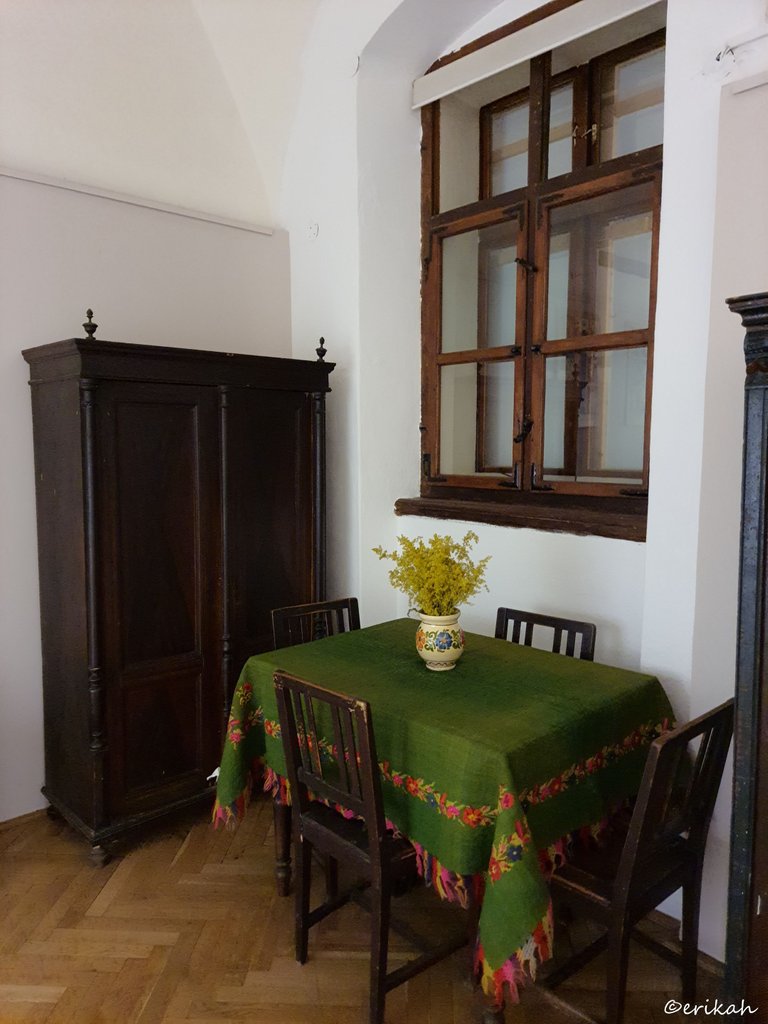
Furniture specific to those times.
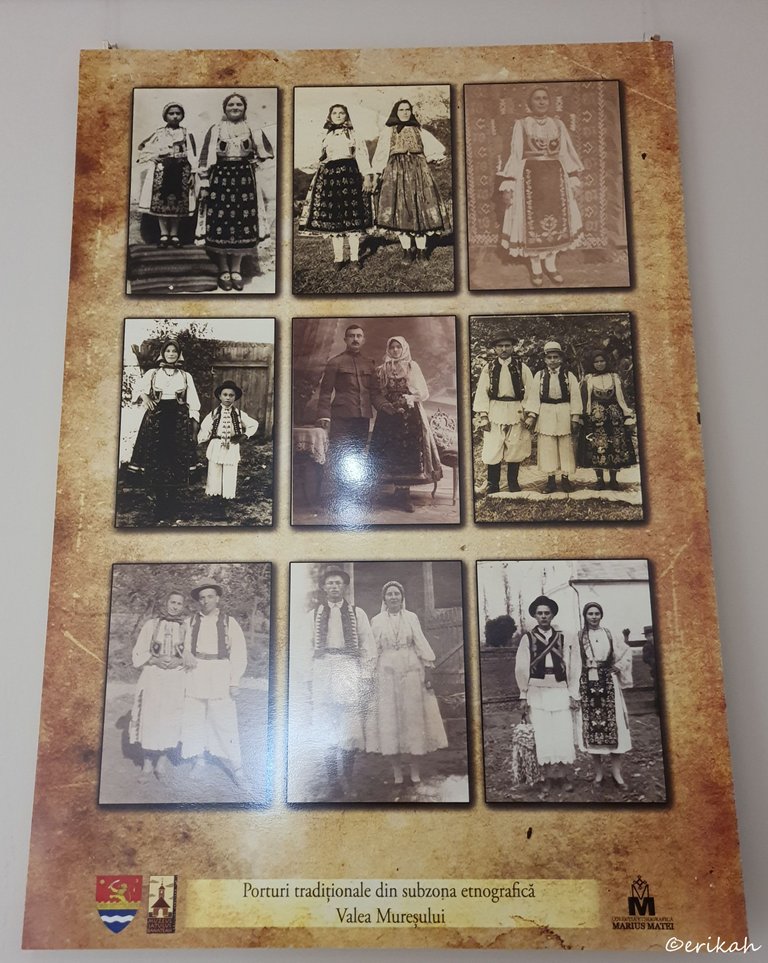
Unfortunately reflection ruined the photo, but it's a sample of what folk costumes looked like in those days.
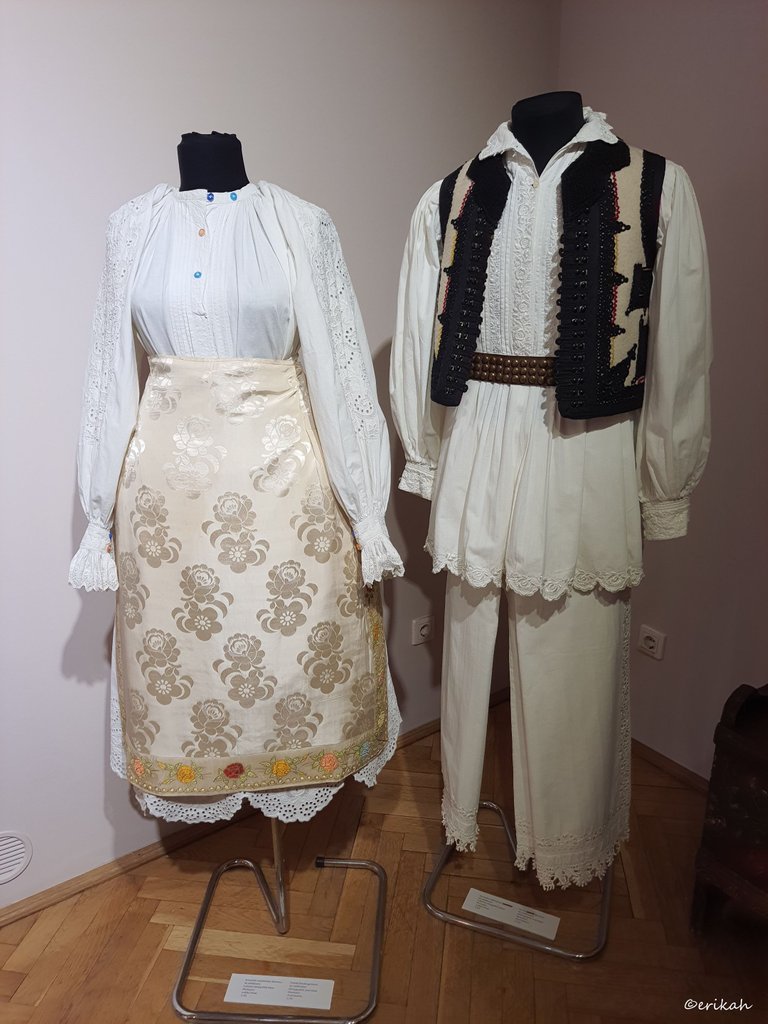
To my dislike, the labels were placed on the floor this time and I choose not to kneel down each time to take a photo of the label, so now I have no idea what those labels said.
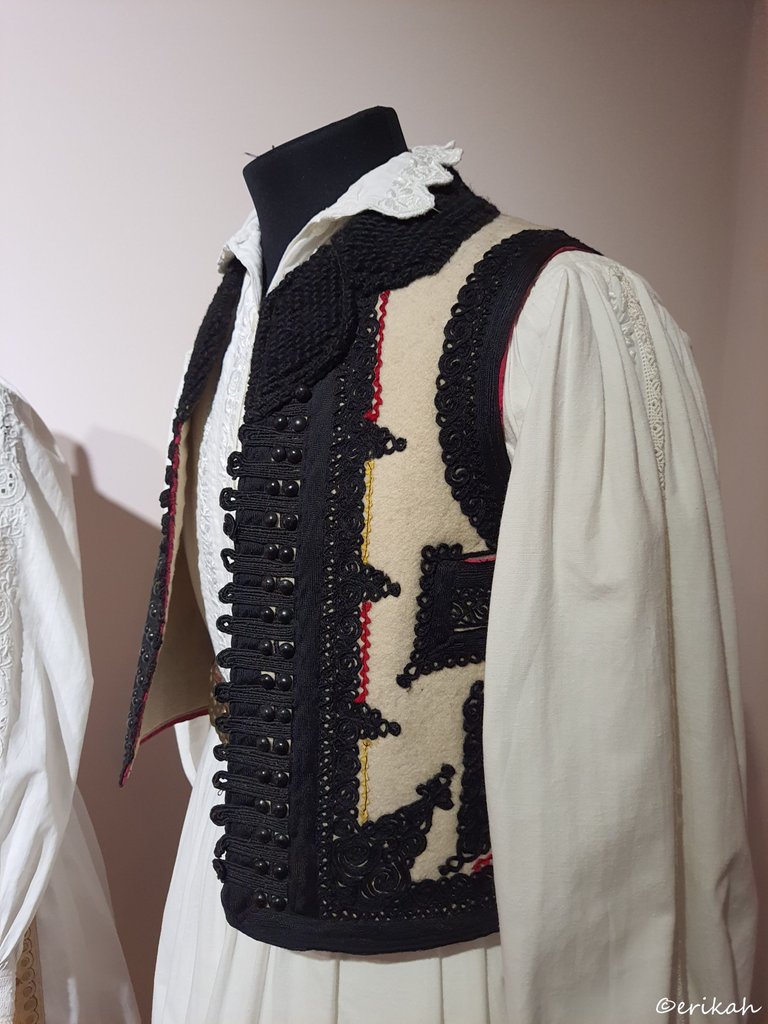
But I can show you a close up photo of this embroidered vest, to see the details. I doubt this is manual work, but it's still nice.
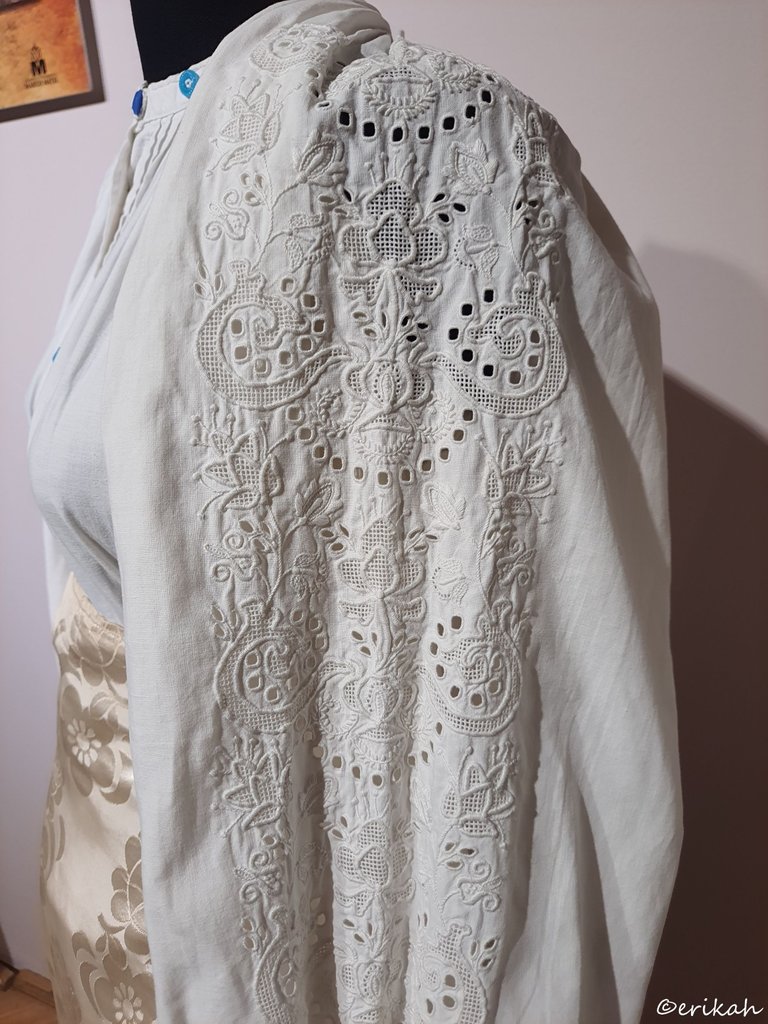
There was a time when all that embroidering had to be done manually and poor girls had to do it by themselves. Wealthy ladies had the privilege of ordering their clothes as they were able to pay for them. This is not manual work either by the way.
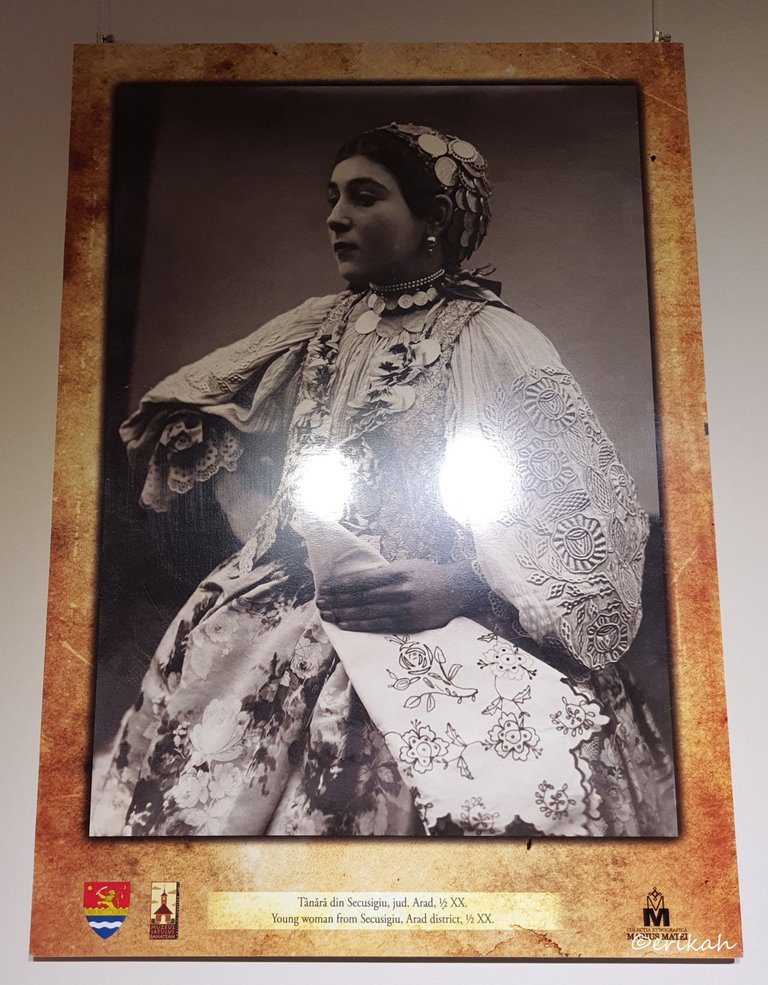
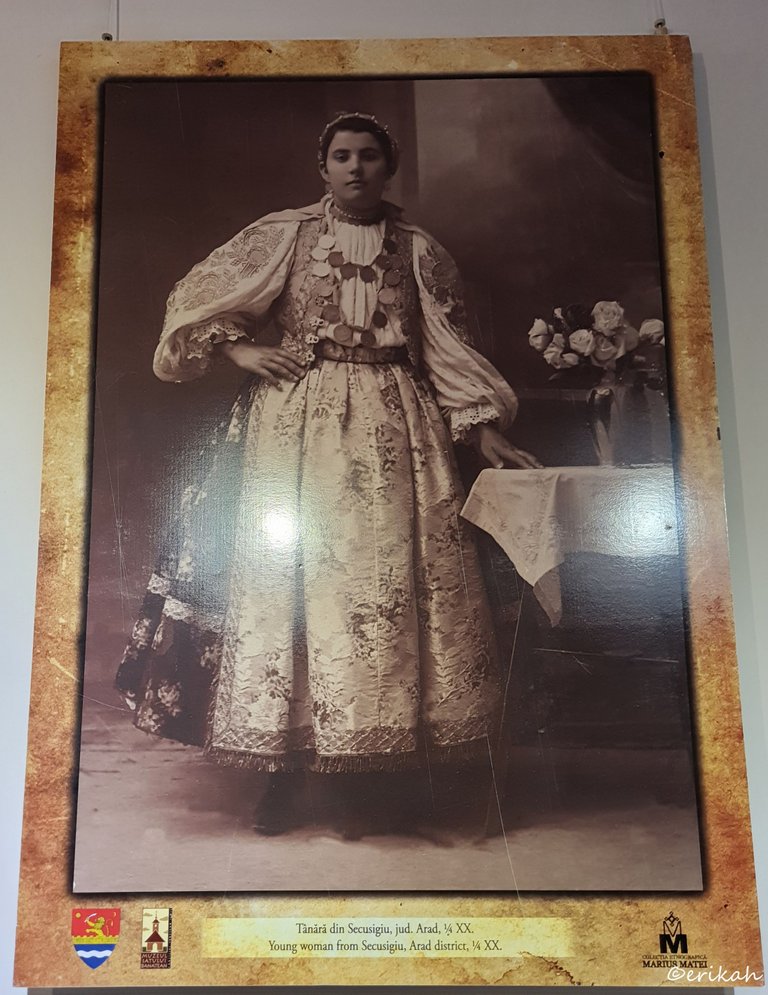
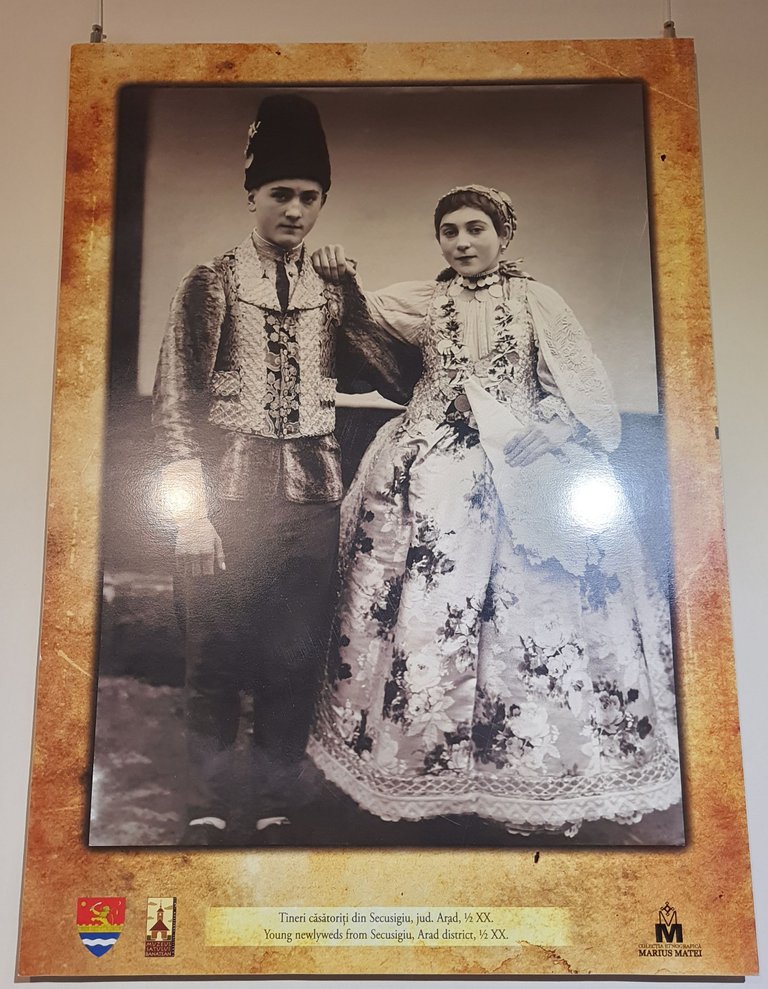
I tried to imagine myself wearing these clothes and am glad I don't have to.
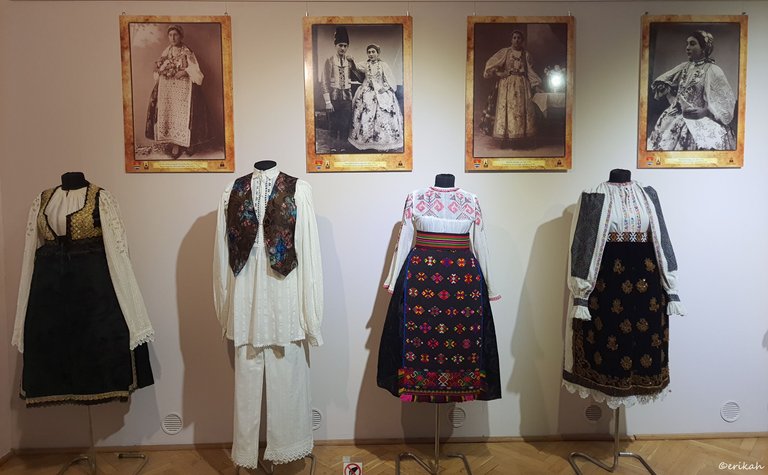
Each region had and still has its own specific wear. There were times when each age category had it's own wear. In 2023, I see this as a very strict dress code and also as curtailment of personal freedom as you had no choice but respect it. Either you were wearing those clothes, or you were shunned by the society.
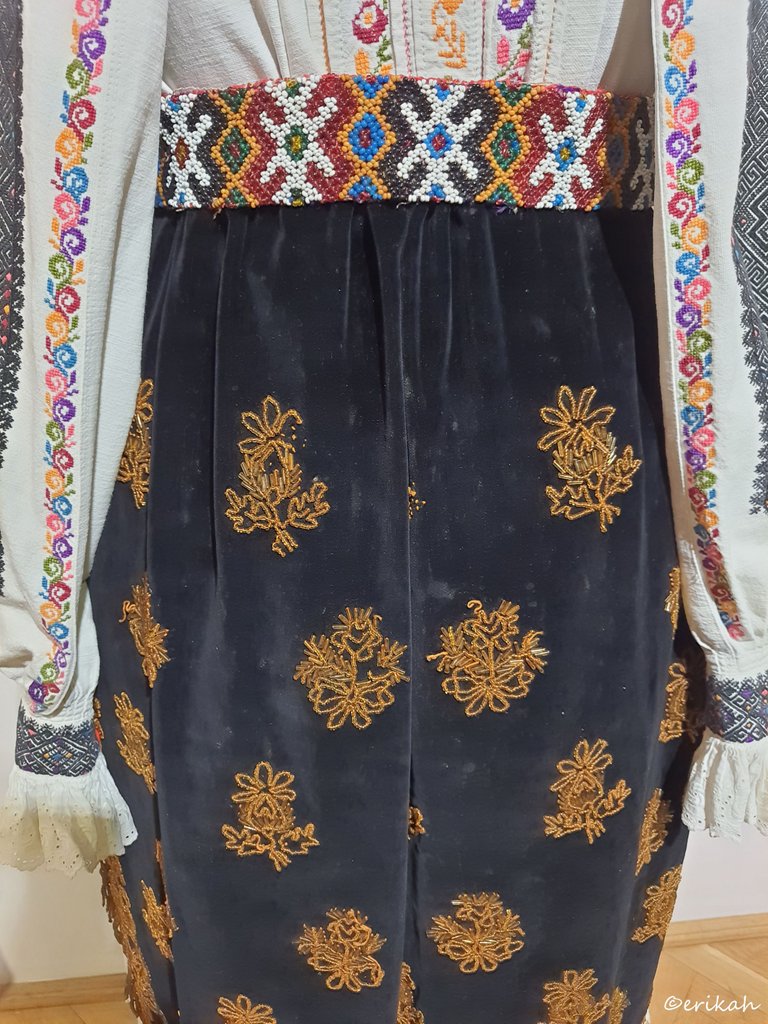
My eyes hurt just by looking at that bead embroidery. The belt and the apron are embroidered with beads and that is done manually.
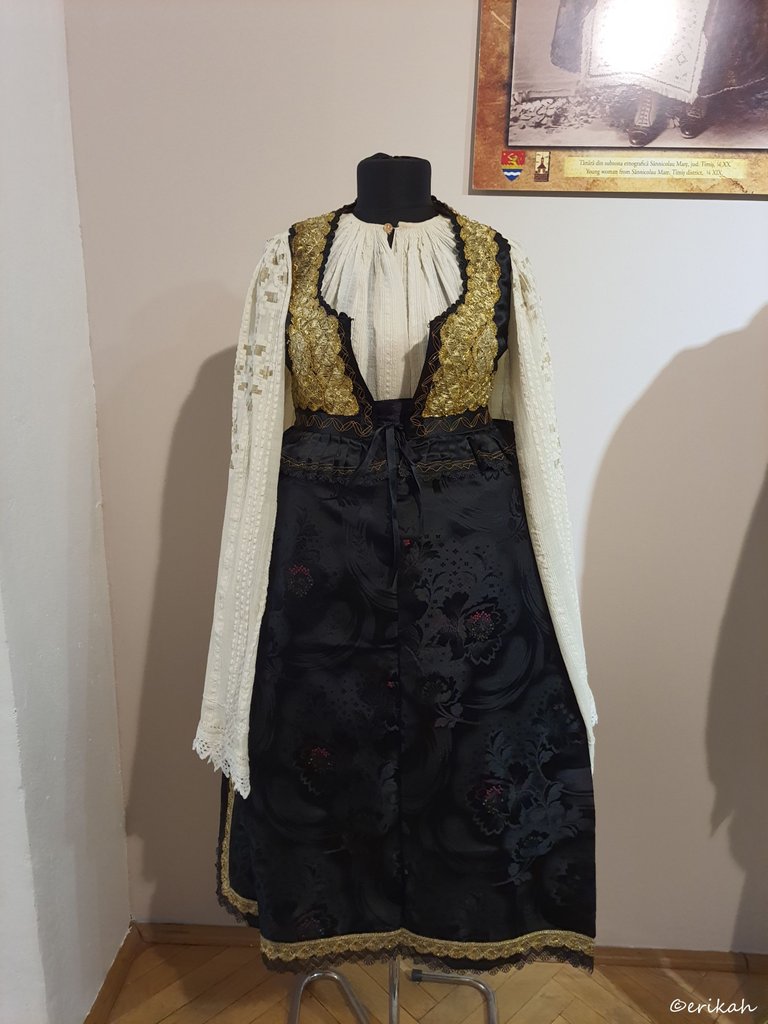
I suppose apart from the dress code, there was a code of conduct that had to be respected and was strict too. Especially noble ladies were taught how to behave. Thank God I wasn't born back then.
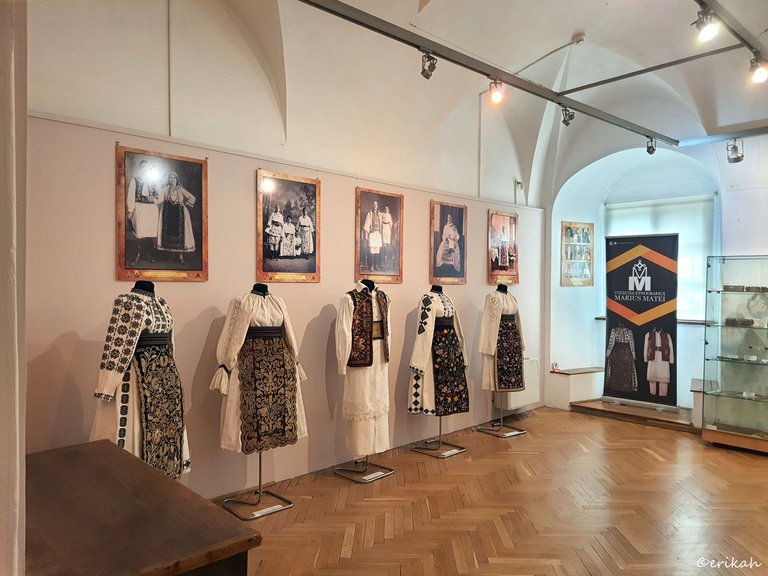
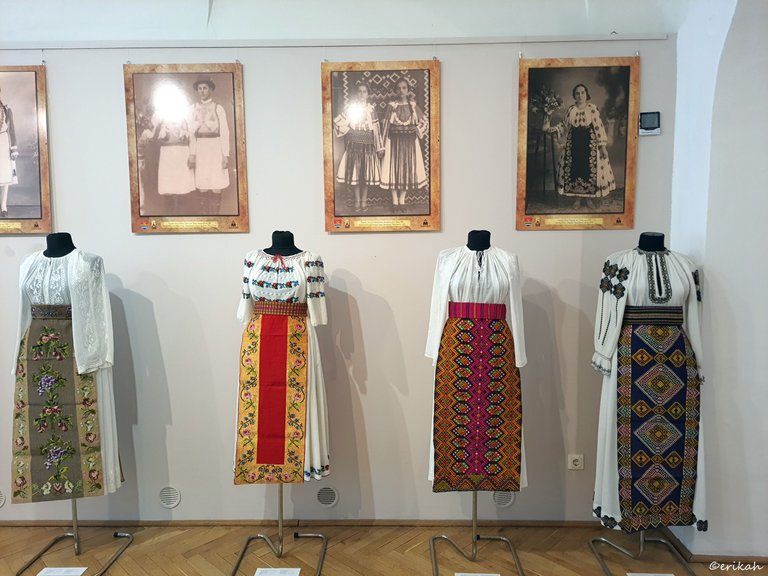
Take a pick. Which one do you like and which one would you wear?
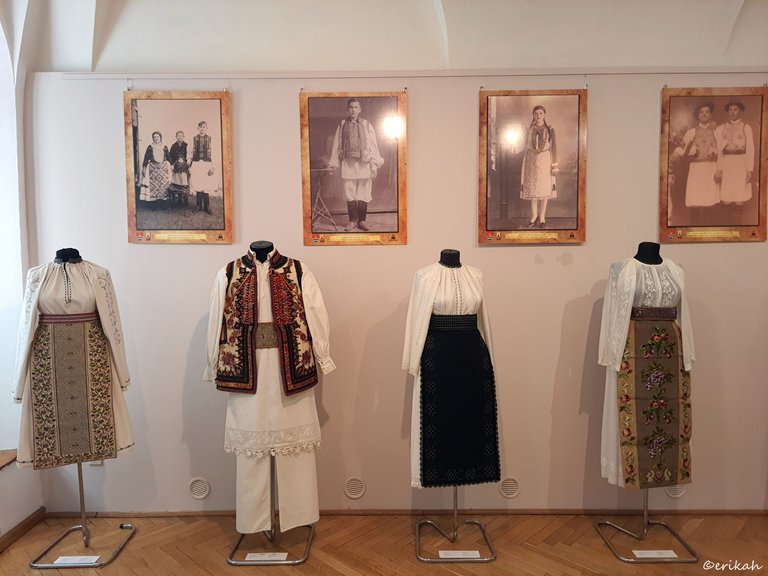
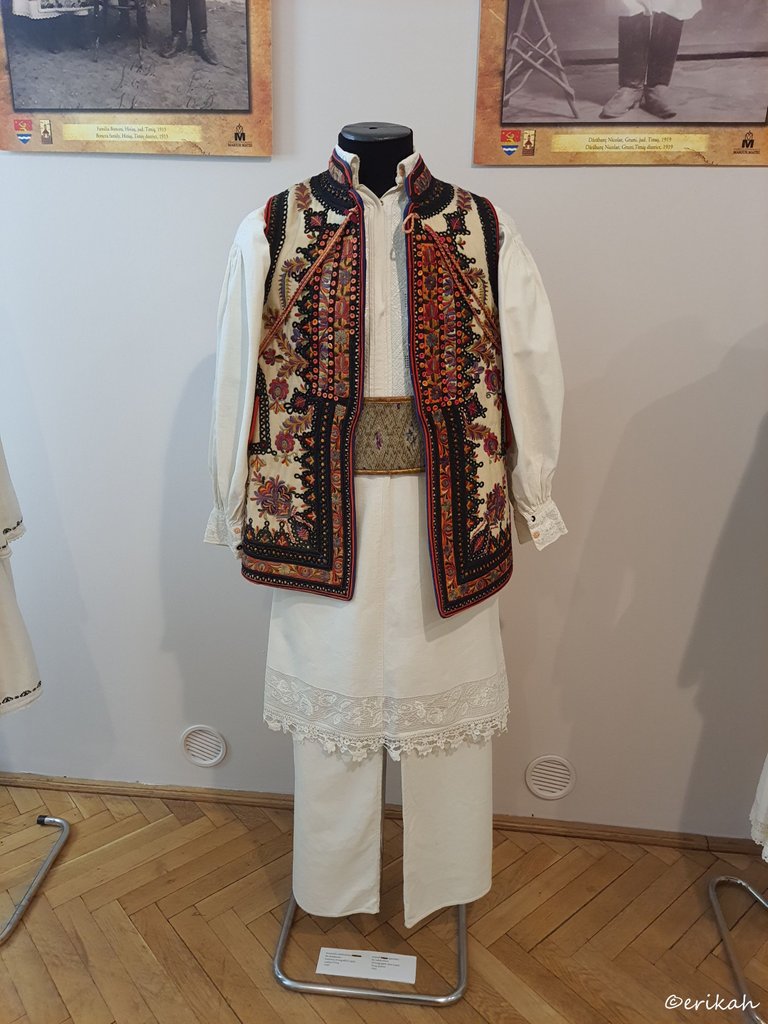
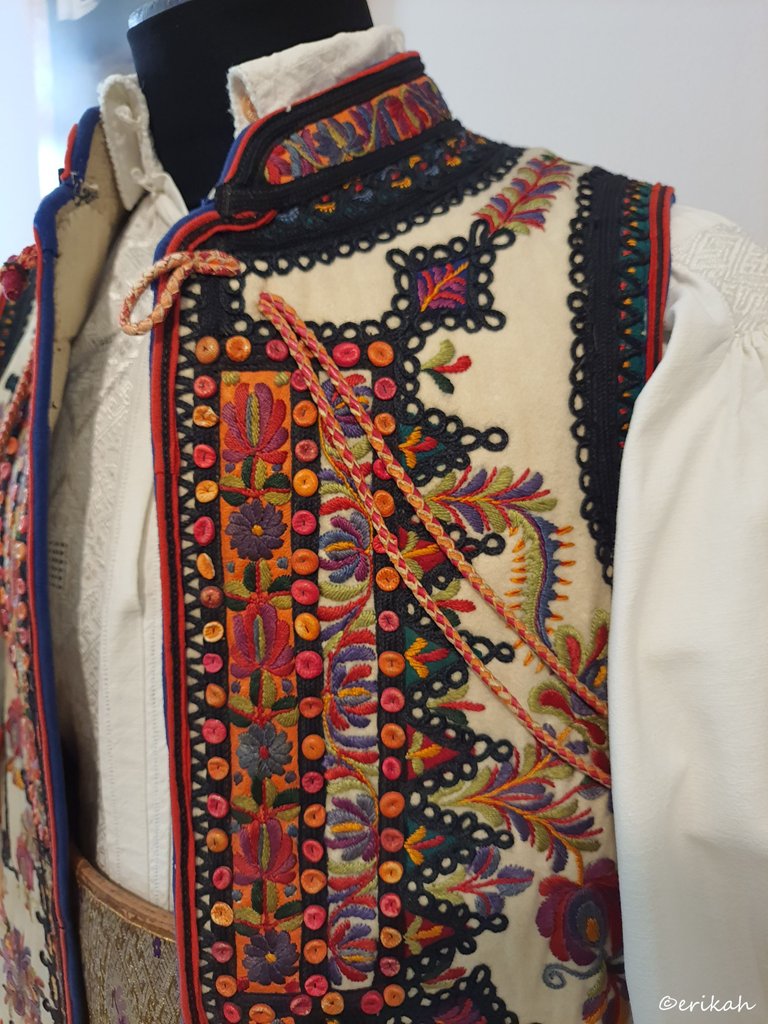
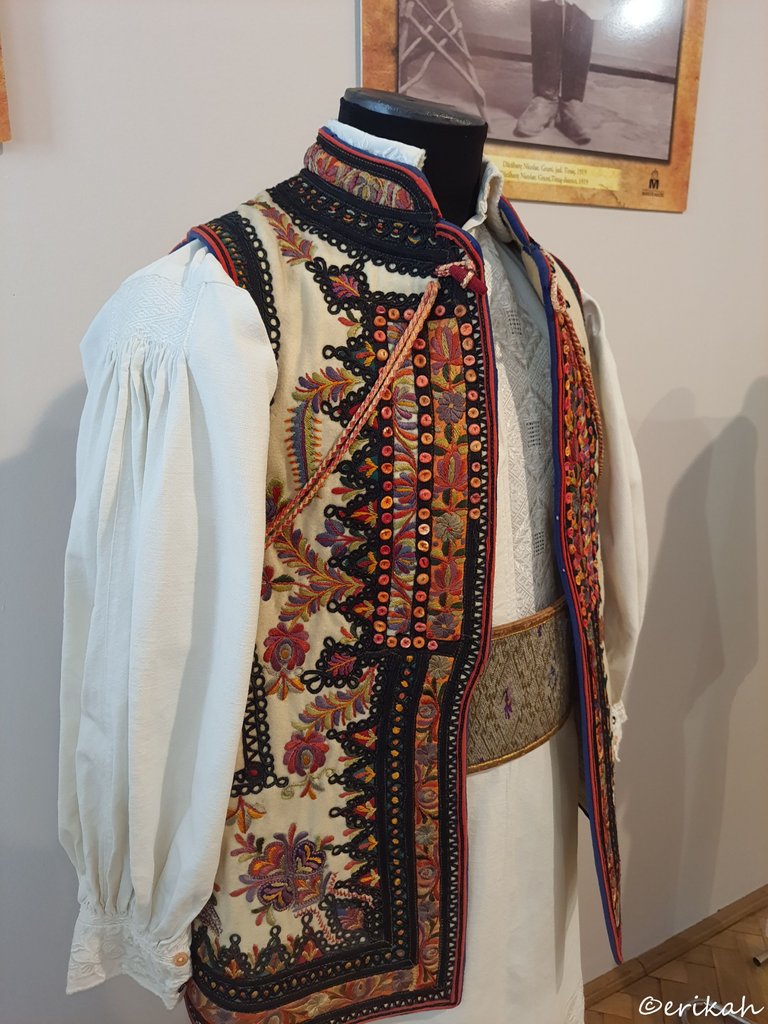
What would you do if you'd have to make a vest like this? Would you be able to embroider it manually? I have some experience and most likely could do it, but prefer not to 😁
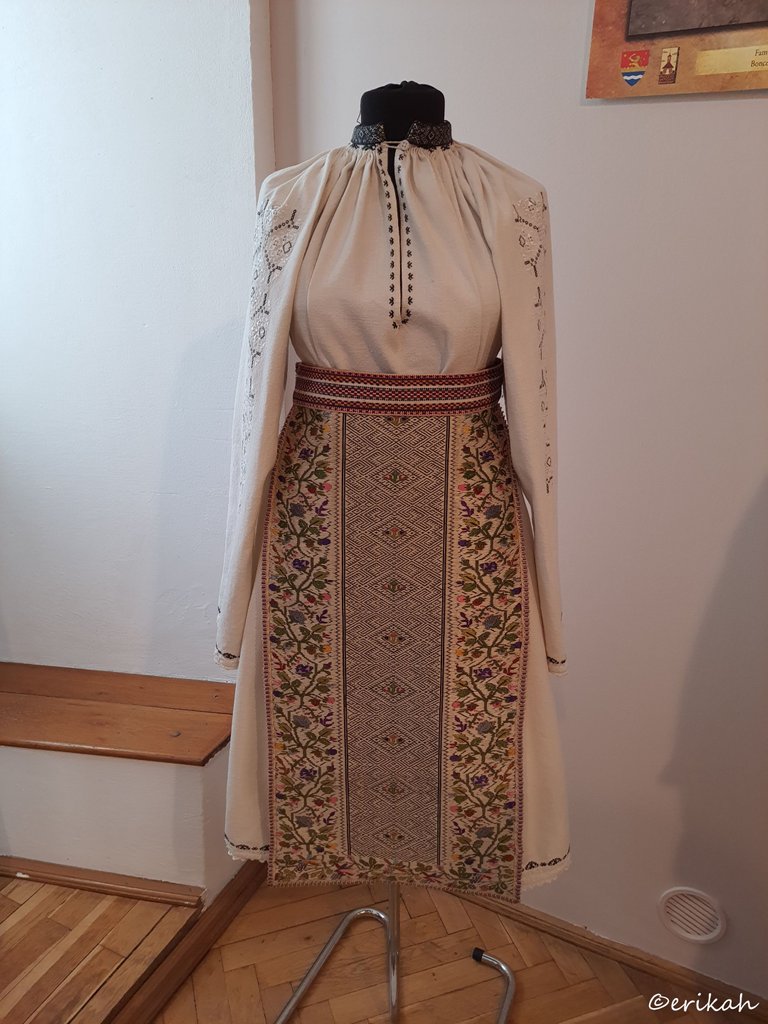
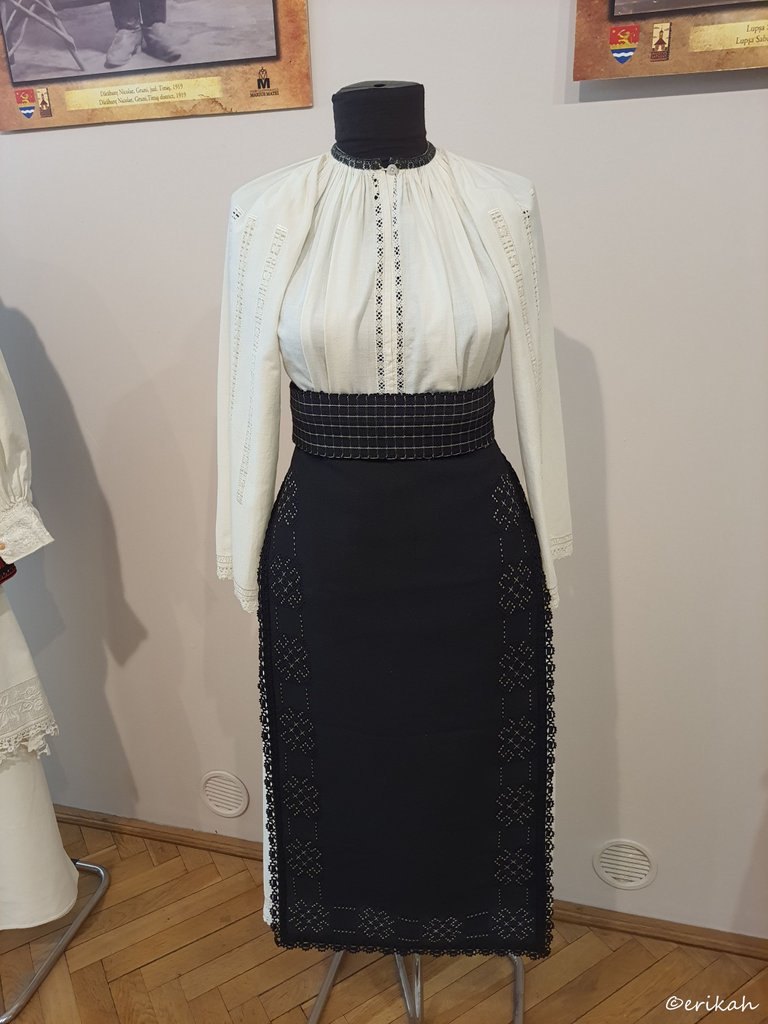
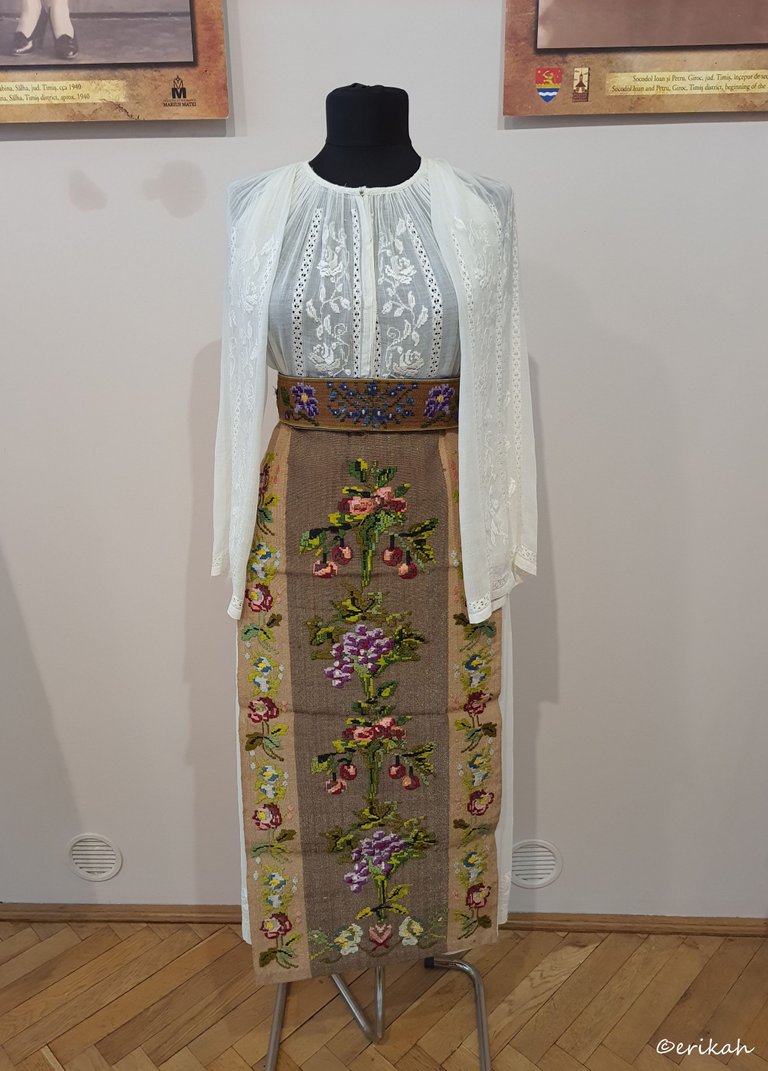
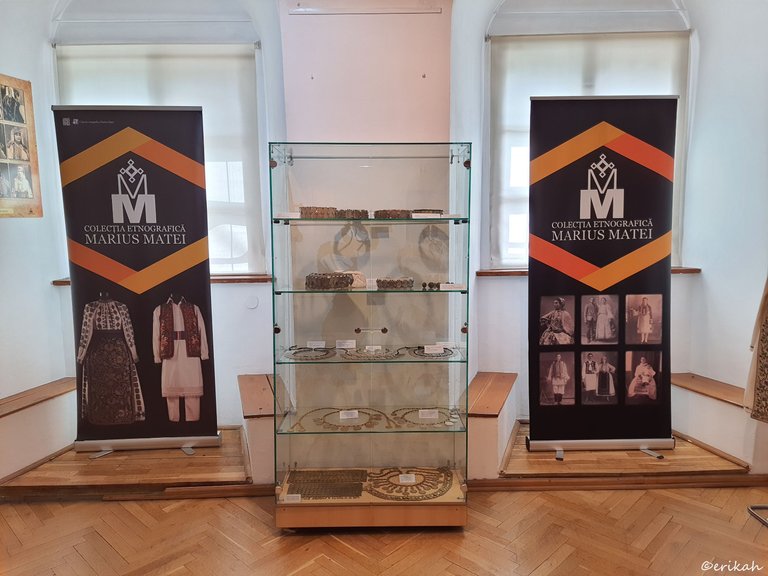

This diadem is made of 36 coins and was used by ladies, to show wealth.
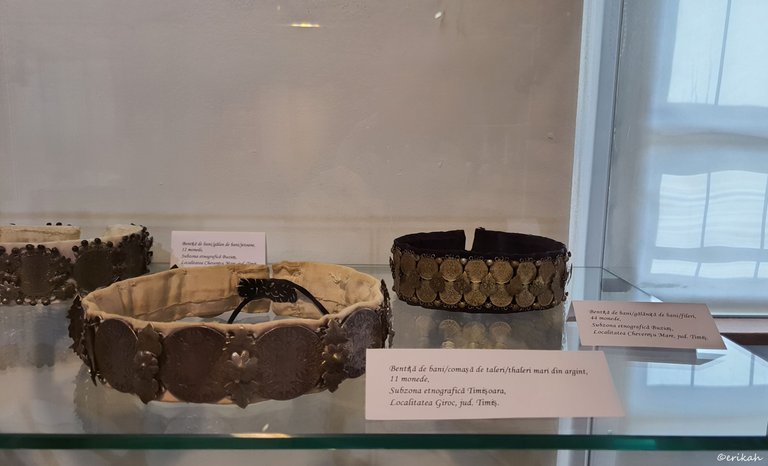
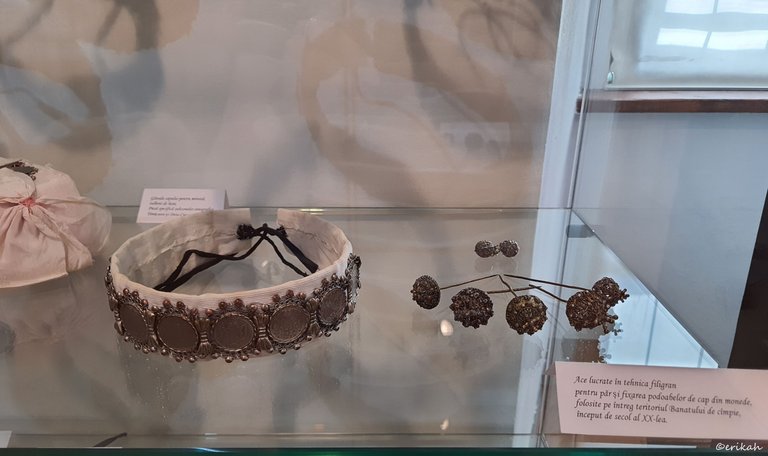
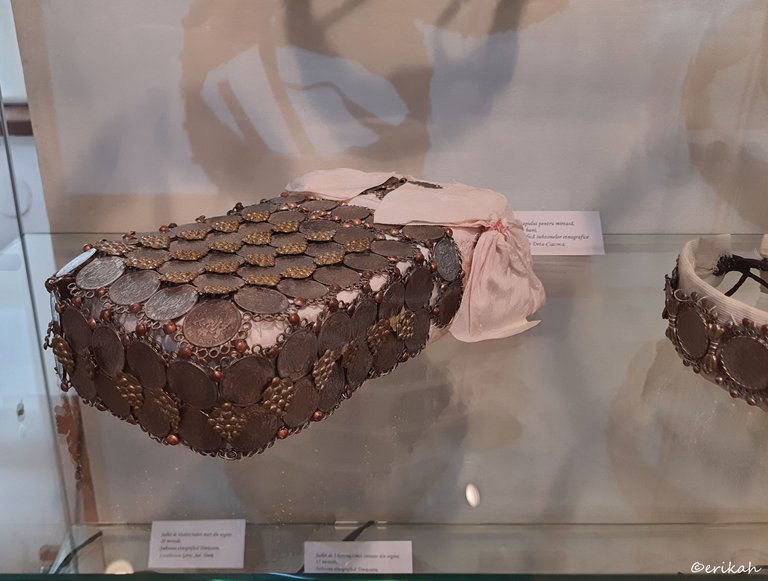
Looks like a purse but I'm not sure it is a purse.
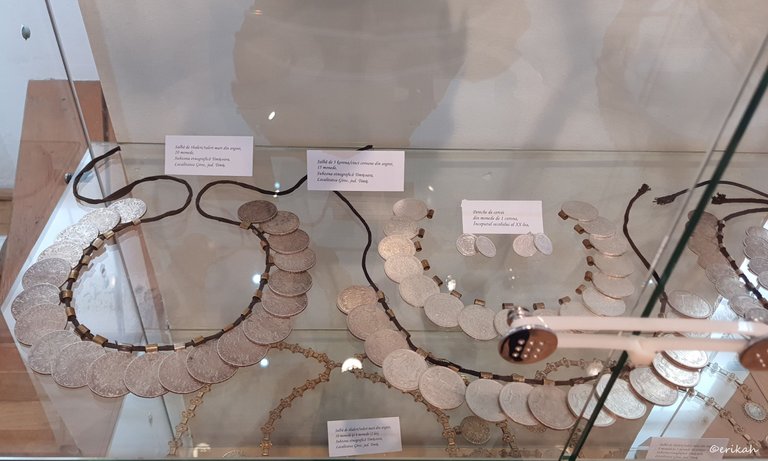
These accessories were of great value.
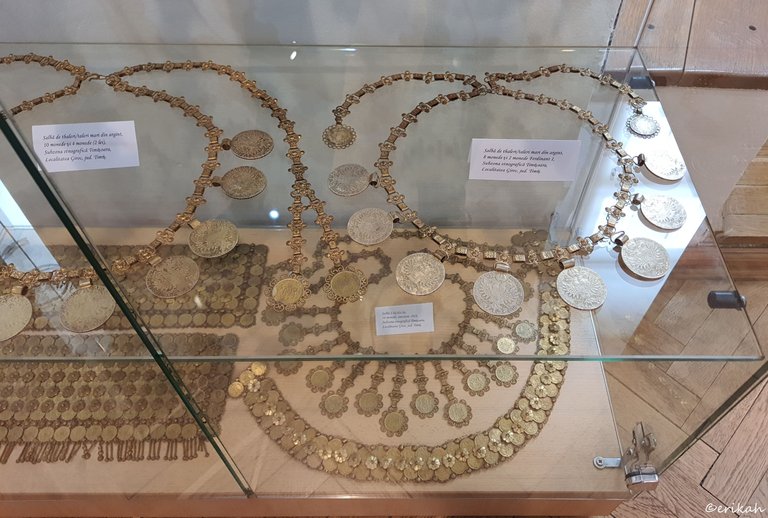
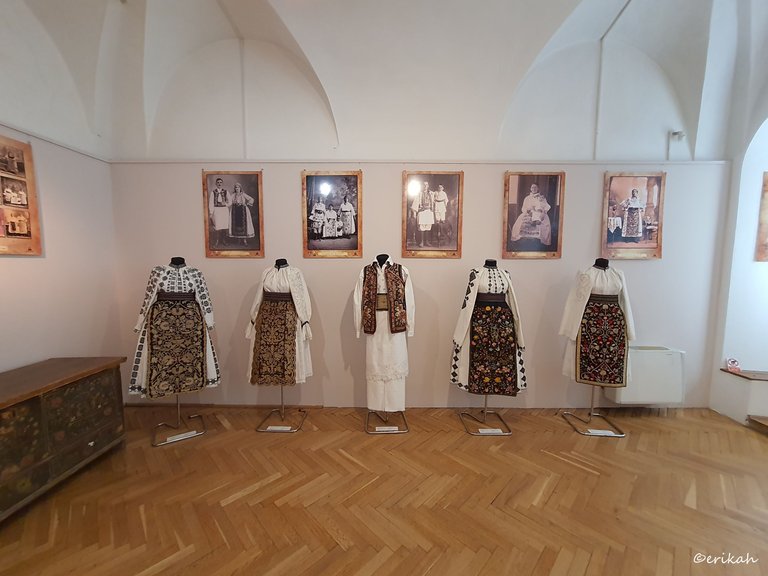
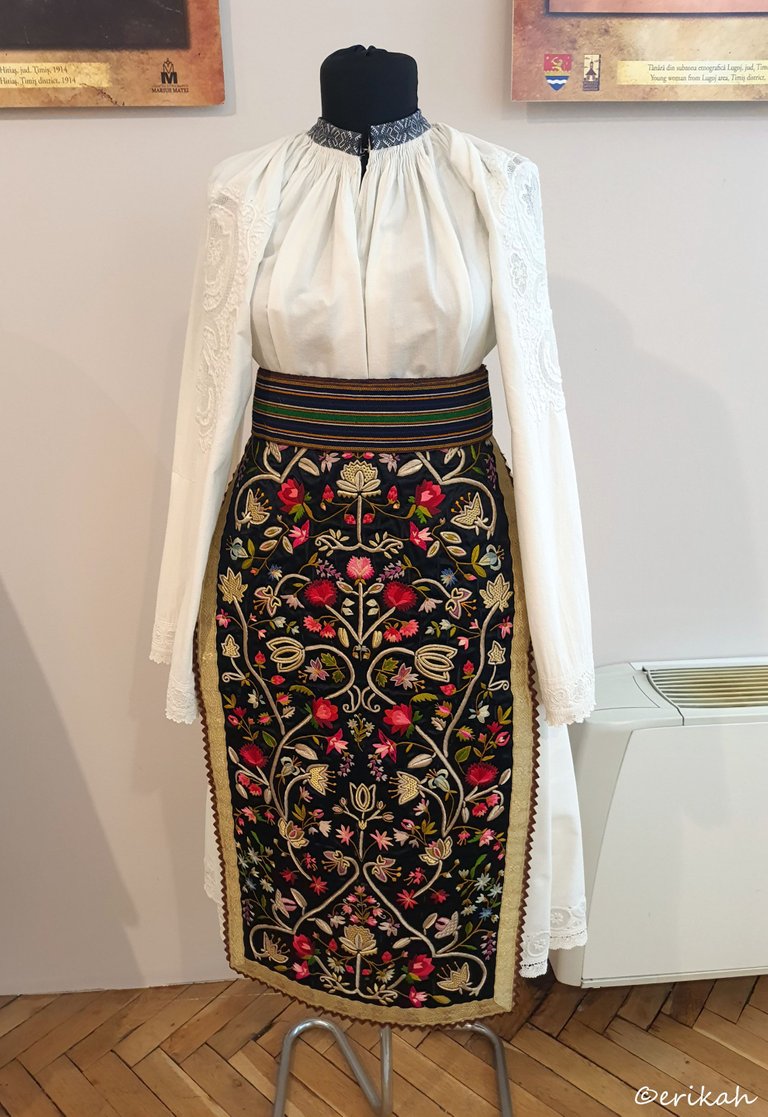

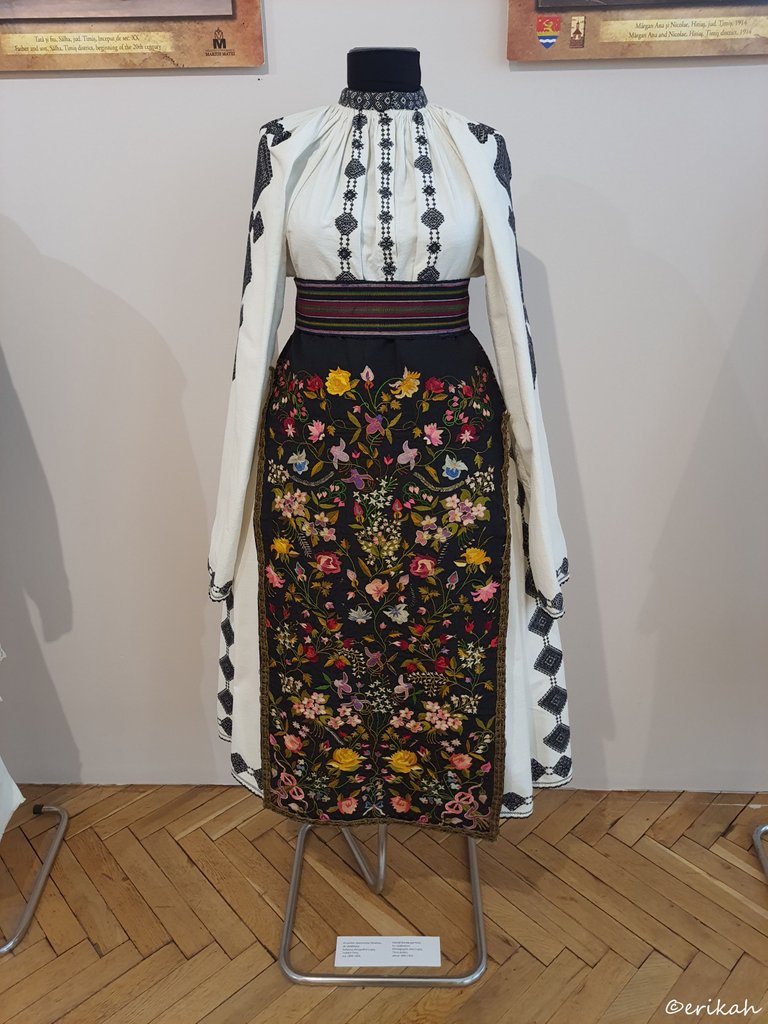
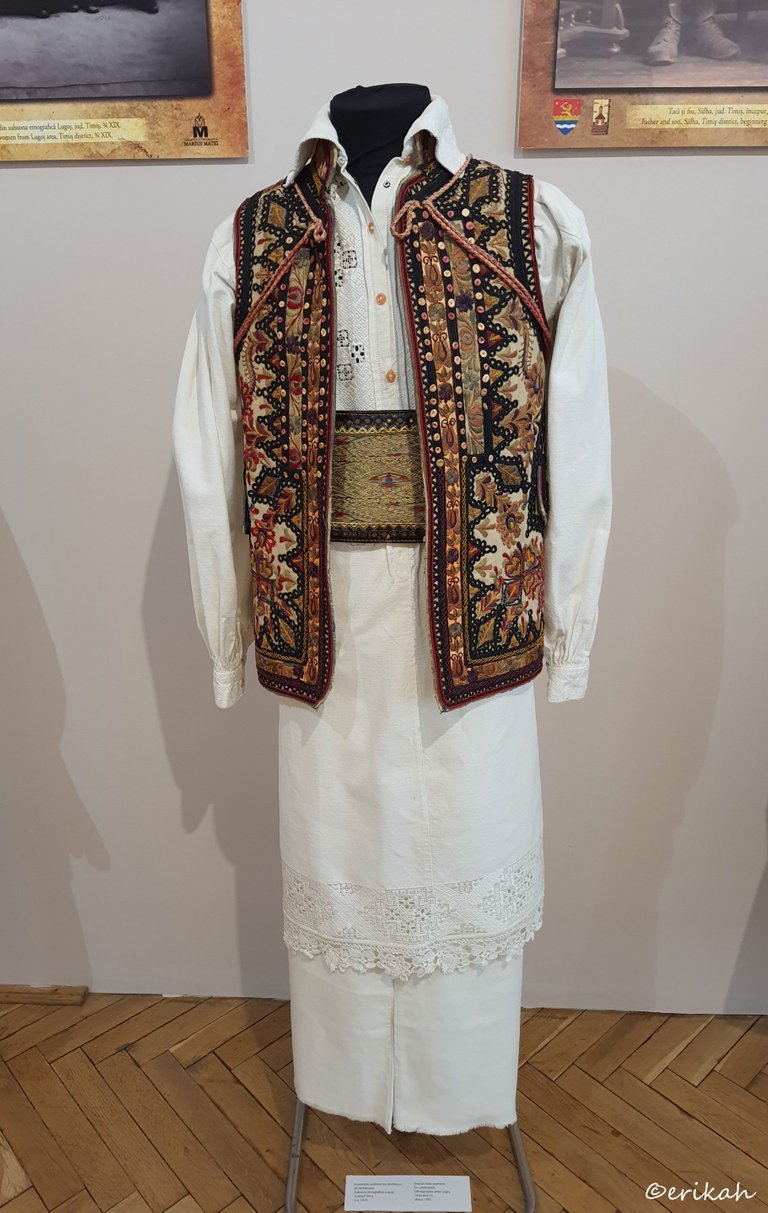
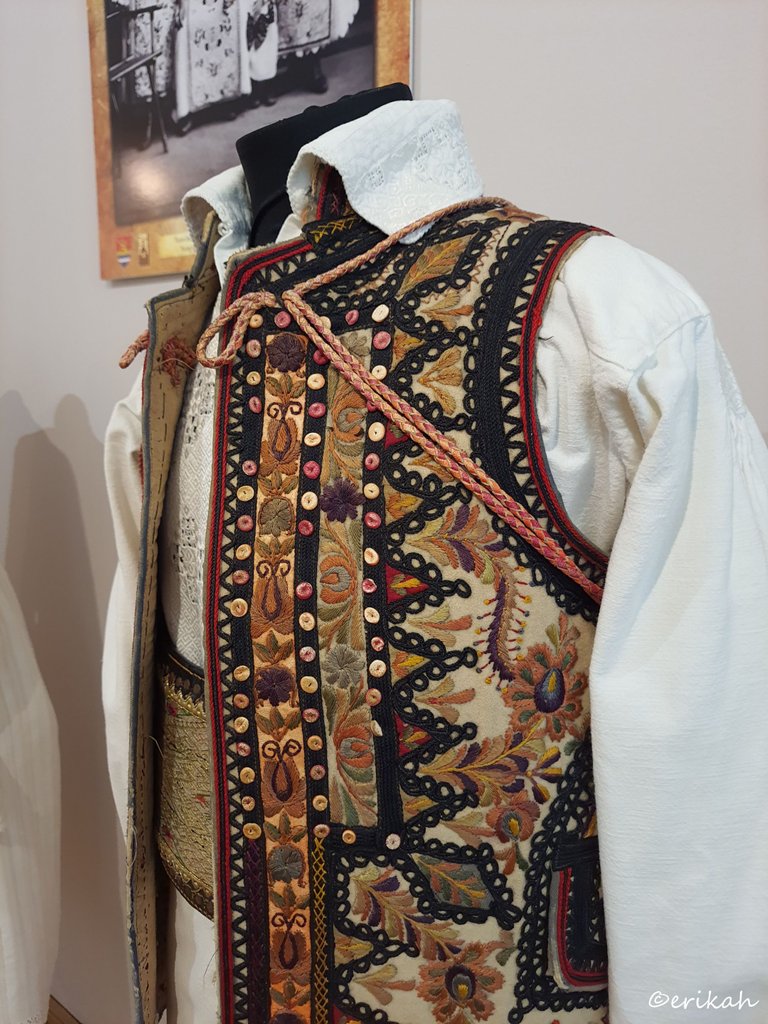
All in all it was an interesting exhibition and I saw some costumes that were unknown to me. There are so many regions and so many types of costumes, that you can see something new each time.
Have you ever seen folk costumes like this, or similar ones? Do you have a favorite? Let me know in a comment if you do.

If you're a newbie, you may want to check out these guides:
- Communities Explained - Newbie Guide
- Cross Posting And Reposting Explained, Using PeakD
- Hive Is Not For Me
- How To Pump Your Reputation Fast - Newbie Guide
- Tips And Tricks & Useful Hive Tools For Newbies
- More Useful Tools On Hive - Newbie Guide
- Community List And Why It Is Important To Post In The Right Community
- Witnesses And Proposals Explained - Newbie Guide
- To Stake, Or Not To Stake - Newbie Guide
- Tags And Tagging - Newbie Guide
- Newbie Expectations And Reality





